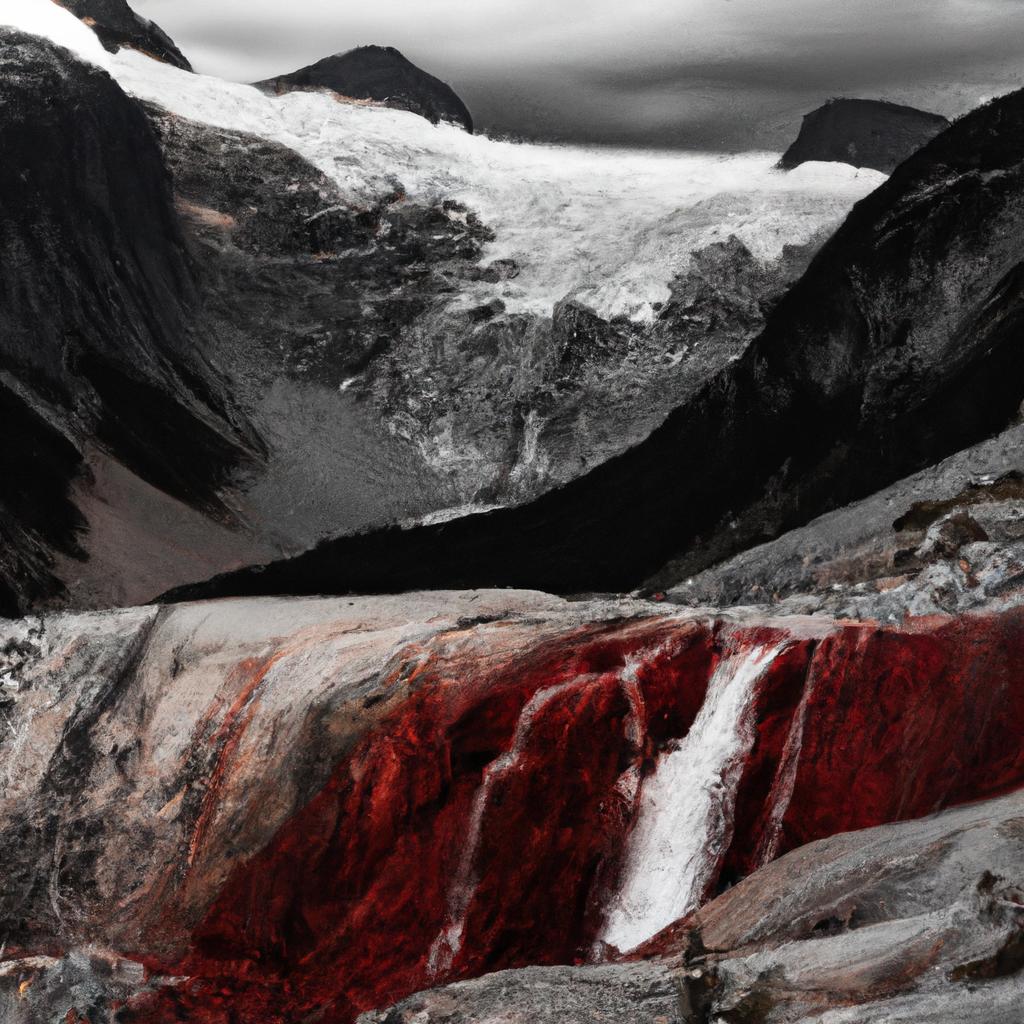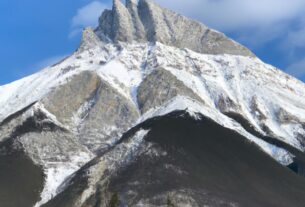Have you ever come across the intriguing phenomenon called Blood Falls? Situated in the heart of Antarctica, this natural marvel has captivated scientists and tourists alike for decades. Despite its somewhat alarming name, Blood Falls is, in fact, a geological wonder that provides valuable insights into our planet’s history and the potential for life beyond Earth.
Blood Falls derives its name from its striking red hue, resembling blood streaming from a wound. However, don’t let its eerie appearance deceive you – this natural spectacle is the result of a unique geological formation that has endured for over a million years.
Exploring Blood Falls is crucial not only to gain a deeper understanding of our planet’s past and present, but also to unravel the mysteries surrounding the existence of life on other celestial bodies. In this article, we will delve into the geological formation of Blood Falls and shed light on the significance of studying such extraordinary natural phenomena. Let’s embark on this journey together!
Unraveling the Geological Formation of Blood Falls
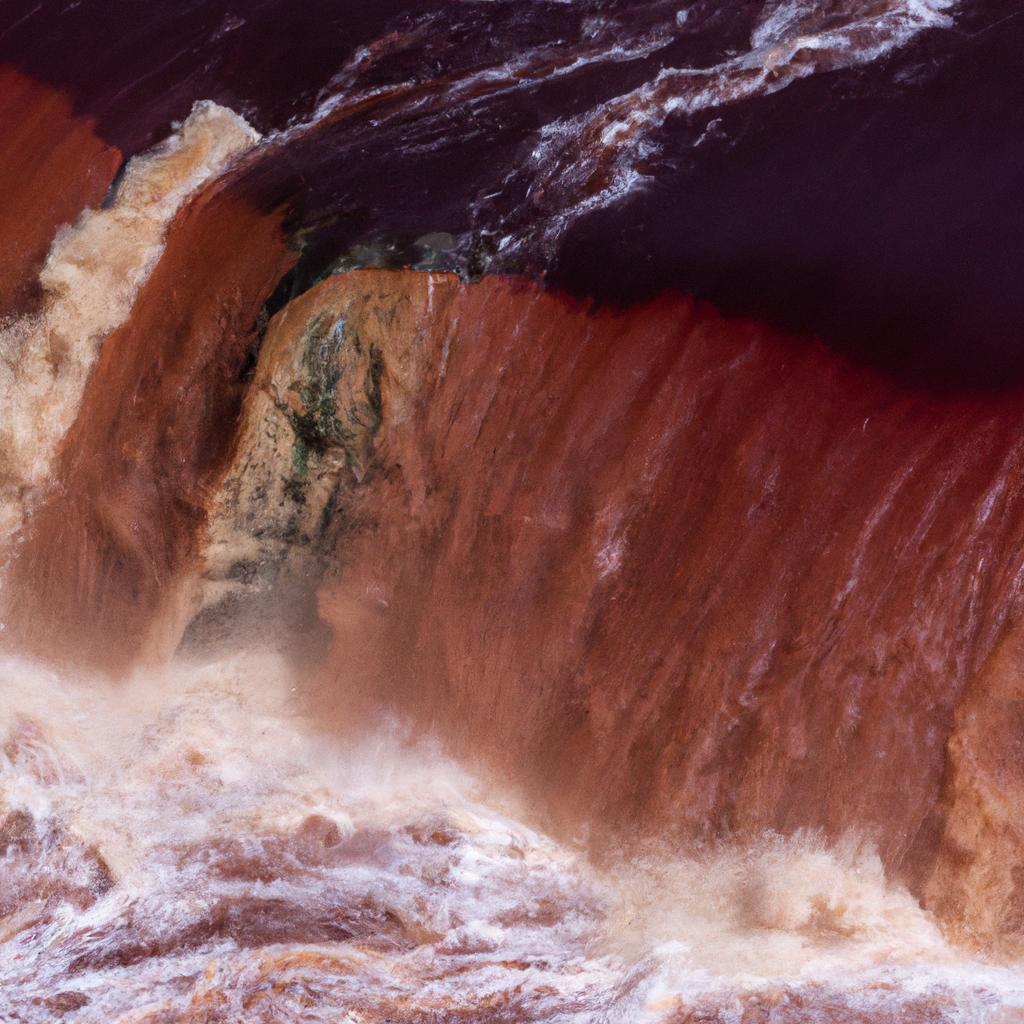
A Closer Look at the Formation Process
Blood Falls owes its existence to an extraordinary geological formation that has persevered for over a million years. It can be found in the McMurdo Dry Valleys of Antarctica, an isolated region that has remained shielded from the outside world for countless millennia.
The formation of Blood Falls can be attributed to the presence of iron-rich saltwater underneath the glacier. As the water flows, it undergoes oxidation upon contact with the air, causing the iron to rust and manifest the striking red color. Subsequently, the water emerges from the glacier, trickling out through a crevice and creating the awe-inspiring red waterfall.
Factors Responsible for the Blood-Like Hue
The primary contributor to the blood-like color of Blood Falls is the presence of iron in the water. Nevertheless, the color can also be influenced by the amount of oxygen in the water and the velocity at which it flows.
Scientists have additionally identified high levels of sulfur in the water coursing through Blood Falls, resulting in a distinct sulfuric scent. Despite its peculiar appearance and odor, the water in Blood Falls is perfectly safe to drink, and certain researchers have even utilized it for their studies.
Understanding the geological formation of Blood Falls assumes paramount significance in unraveling the enigmas of our planet’s past and present. In the subsequent section, we will uncover the location of this unique natural wonder and the challenges associated with accessing it.
Location and Accessibility of Blood Falls
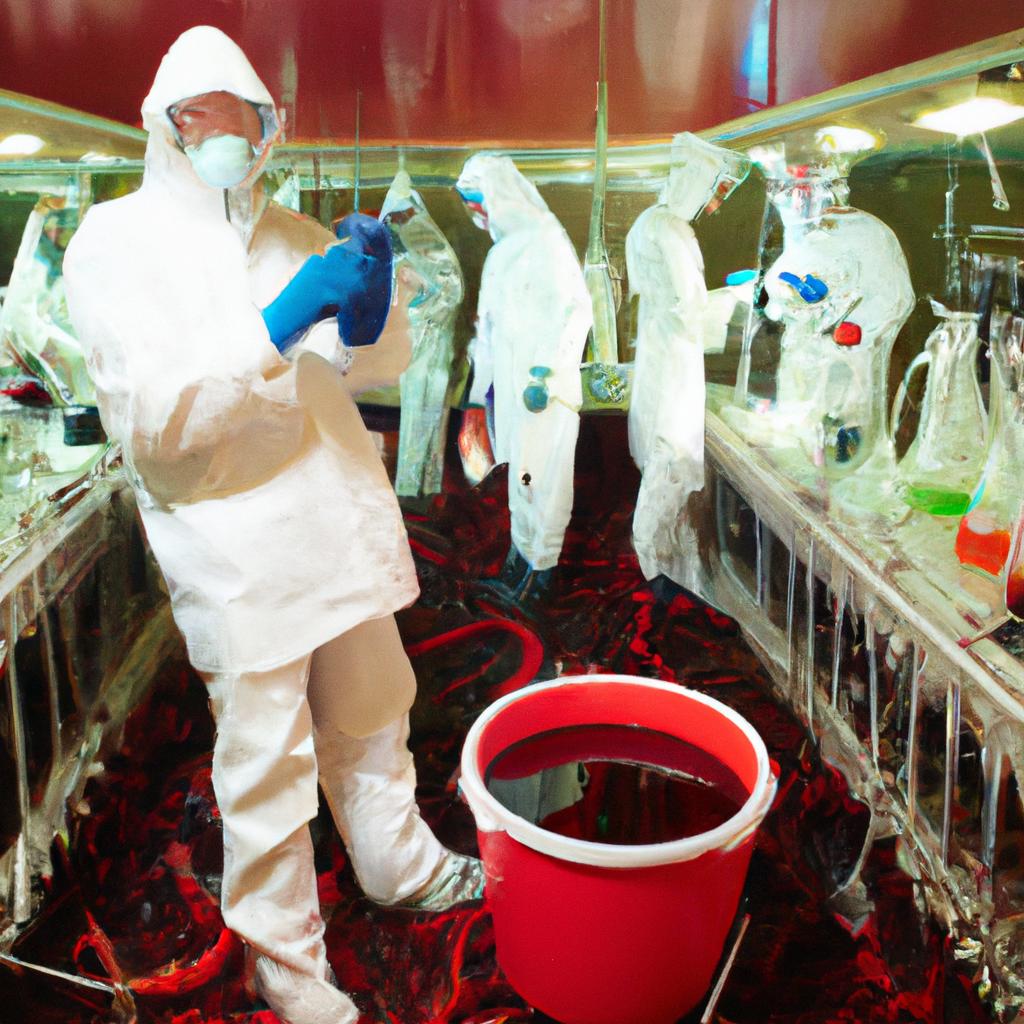
A Glimpse into Blood Falls’ Antarctic Abode
Blood Falls finds its home in the McMurdo Dry Valleys of Antarctica, a region renowned for its extreme and unforgiving environment. The Dry Valleys stand as a distinctive part of Antarctica, characterized by the scarcity of ice and snow, making it one of the driest places on Earth. As for Blood Falls itself, it can be found on the Taylor Glacier, an immense icy mass spanning over 54 miles.
Overcoming the Challenges of Accessing the Site
Gaining access to Blood Falls is no small feat. The remote location, harsh climate, and treacherous terrain present formidable challenges even for the most seasoned explorers. In fact, it wasn’t until the 1990s that in-depth scientific study of Blood Falls commenced, owing to the immense difficulties involved in reaching the site.
To reach Blood Falls, scientists must first make their way to McMurdo Station, the largest research outpost in Antarctica. From there, a multi-day journey ensues, involving helicopters, snowmobiles, and lengthy hikes across the barren landscape.
Endeavors to Study and Preserve this Natural Wonder
Despite the hurdles, dedicated scientists have undertaken considerable efforts to examine and safeguard Blood Falls. Recent advancements in technology and methodologies have facilitated easier access to and study of the site, while minimizing potential harm to the delicate ecosystem.
Research on Blood Falls has unearthed captivating insights into microbial life thriving in extreme environments. These findings hold implications for astrobiology and the quest to uncover extraterrestrial life. It remains vital that we continue to investigate and safeguard natural wonders such as Blood Falls, preserving them for the benefit of future generations.
In the subsequent section, we will explore the scientific discoveries and research that have unfolded at Blood Falls.
Scientific Breakthroughs and Research at Blood Falls
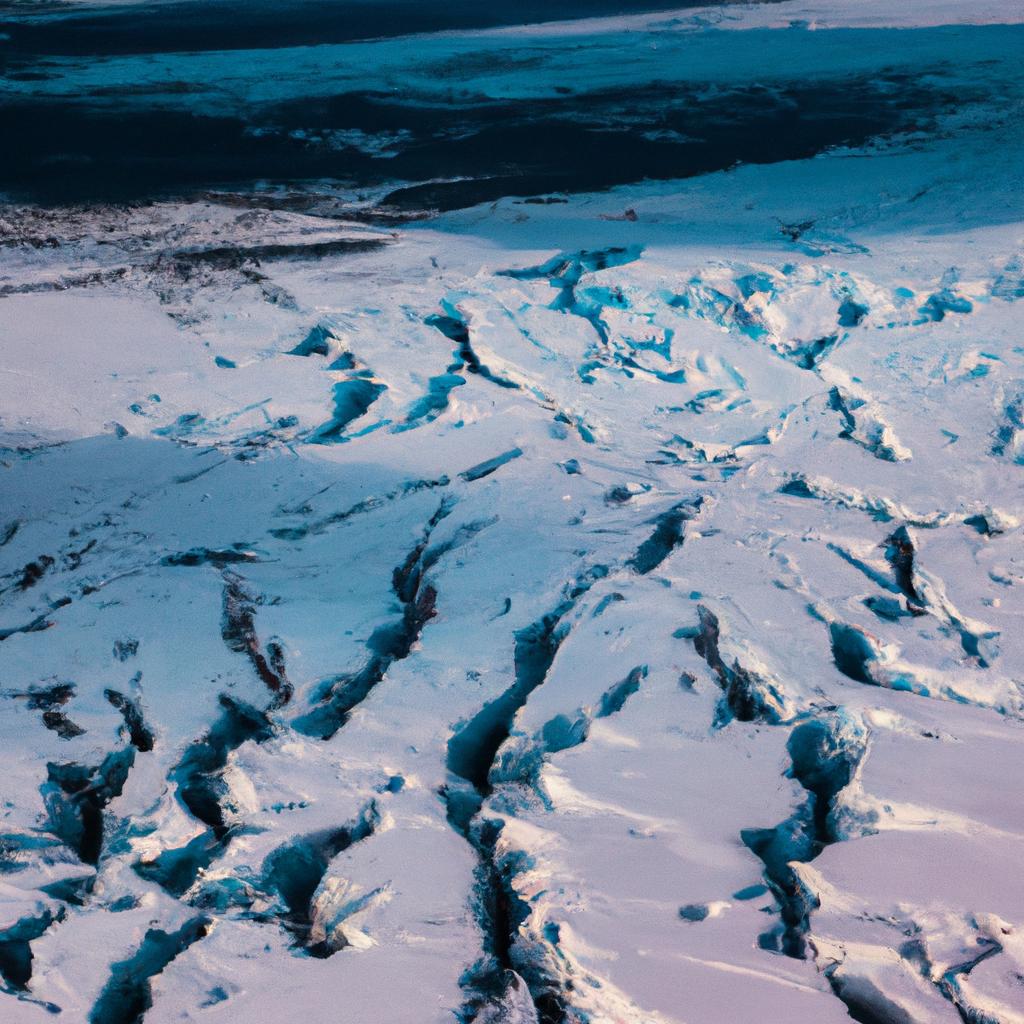
Have you ever heard of extremophiles? These remarkable microorganisms thrive in extreme environments, enduring high temperatures, acidic conditions, and even the depths of the ocean. Blood Falls harbors a unique community of extremophiles that have adapted to the harsh Antarctic conditions.
Revelations from Research on Microbial Life at Blood Falls
Scientists have conducted extensive research on the microbial life dwelling in Blood Falls. They have unveiled that the falls’ red coloration stems from the presence of iron oxide, a byproduct of microbial metabolism.
Researchers have also discovered that the microbial community in Blood Falls boasts an astonishing diversity, harboring over 17 distinct species of bacteria and archaea. These microorganisms have adapted to the extreme conditions of the subglacial environment, which remains almost entirely isolated from the outside world.
Implications for Astrobiology and the Quest for Extraterrestrial Life
The discovery of microbial life in Blood Falls bears profound implications for astrobiology and the pursuit of extraterrestrial life. The extreme conditions mirroring those found on other planets, such as Mars and Europa, are evident at Blood Falls.
If life can thrive within the confines of Blood Falls, it becomes plausible that similar extremophiles may exist on other planets or moons within our solar system. By studying these microorganisms, scientists can uncover more about the potential for life to flourish beyond the confines of Earth.
Untapped Potential for Medical and Environmental Applications
The microbial community residing in Blood Falls holds significant promise for medical and environmental applications. These extremophiles possess unique adaptations that could pave the way for the development of new drugs or the remediation of pollution in extreme environments.
For instance, certain microorganisms dwelling in Blood Falls exhibit the ability to break down toxic chemicals, including carbon tetrachloride, a common groundwater contaminant. Through the study of these microorganisms, scientists can devise novel technologies aimed at cleansing the environment and safeguarding its well-being.
In the subsequent section, we will delve into the cultural significance of Blood Falls and its impact on scientific exploration.
Blood Falls: A Cultural Phenomenon
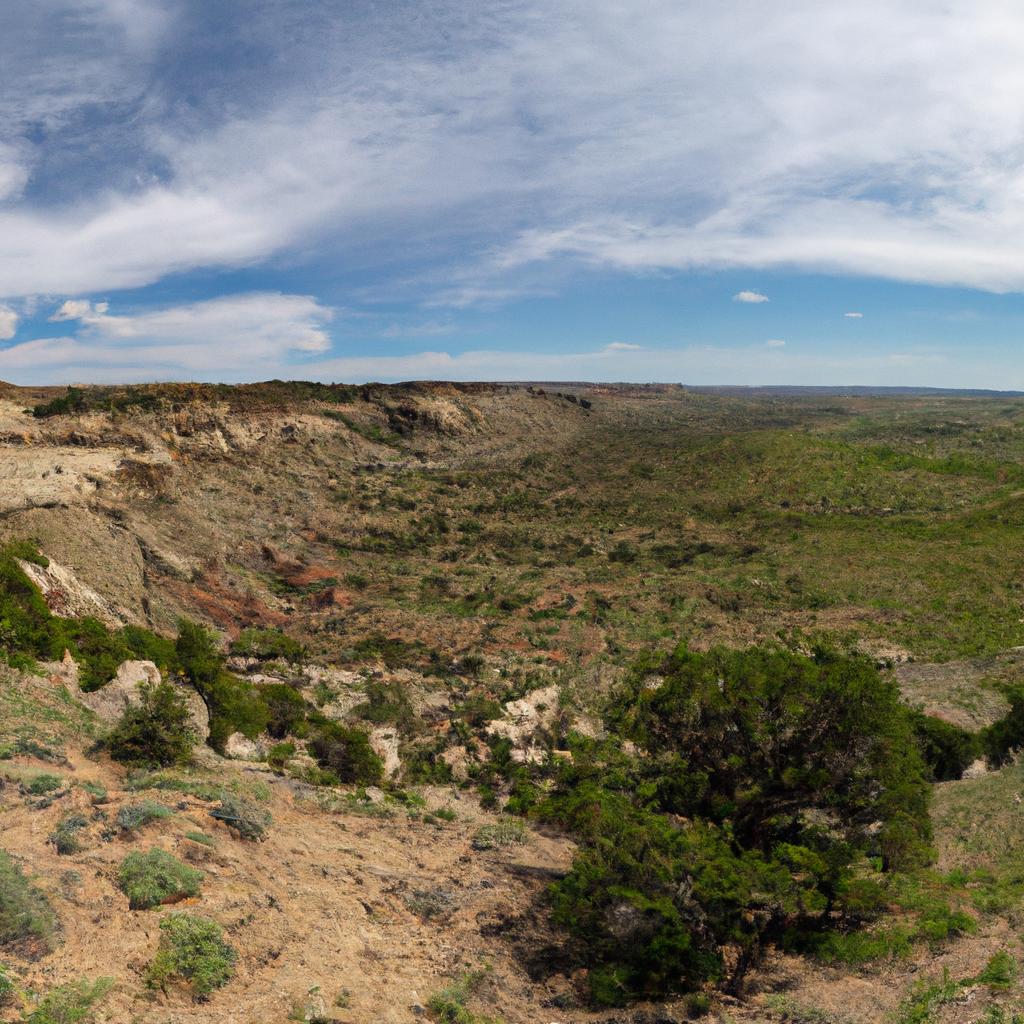
Folklore and Legends Enveloping Blood Falls
Blood Falls has enchanted countless individuals for centuries, giving rise to numerous legends and myths. According to one Inuit legend, the red color of the falls is the outcome of a battle between two deities. Another tale suggests that the falls serve as a gateway to the underworld. These stories underscore Blood Falls’ cultural significance and its role in shaping our perception of the world.
Indigenous Cultures: A Catalyst for Scientific Exploration
Indigenous cultures have played a vital role in propelling scientific exploration, and Blood Falls stands as a testament to this. In fact, the falls were initially discovered by a team of Australian geologists collaborating with the local Inuit people. The Inuit had possessed knowledge of the falls for generations, along with their own stories and beliefs regarding their origins. Through collaboration, the geologists and the Inuit were able to deepen their understanding of the falls and their significance.
Blood Falls: Fostering Scientific Comprehension and Conservation Endeavors
Blood Falls transcends boundaries, serving not only as a geological marvel but also as a valuable resource for promoting scientific understanding and conservation efforts. By studying the falls, scientists can glean insights into our planet’s history and the potential for life beyond Earth. Moreover, Blood Falls serves as a poignant reminder of the importance of preserving our planet’s natural wonders. As the impacts of climate change persist, it becomes increasingly crucial to safeguard sites like Blood Falls and the valuable knowledge they harbor.
In conclusion, the cultural significance of Blood Falls cannot be overstated. This natural wonder has played a pivotal role in inspiring myths and legends, fostering scientific exploration, and heightening our awareness of the need to protect and preserve the splendors of nature for generations to come.
Final Thoughts
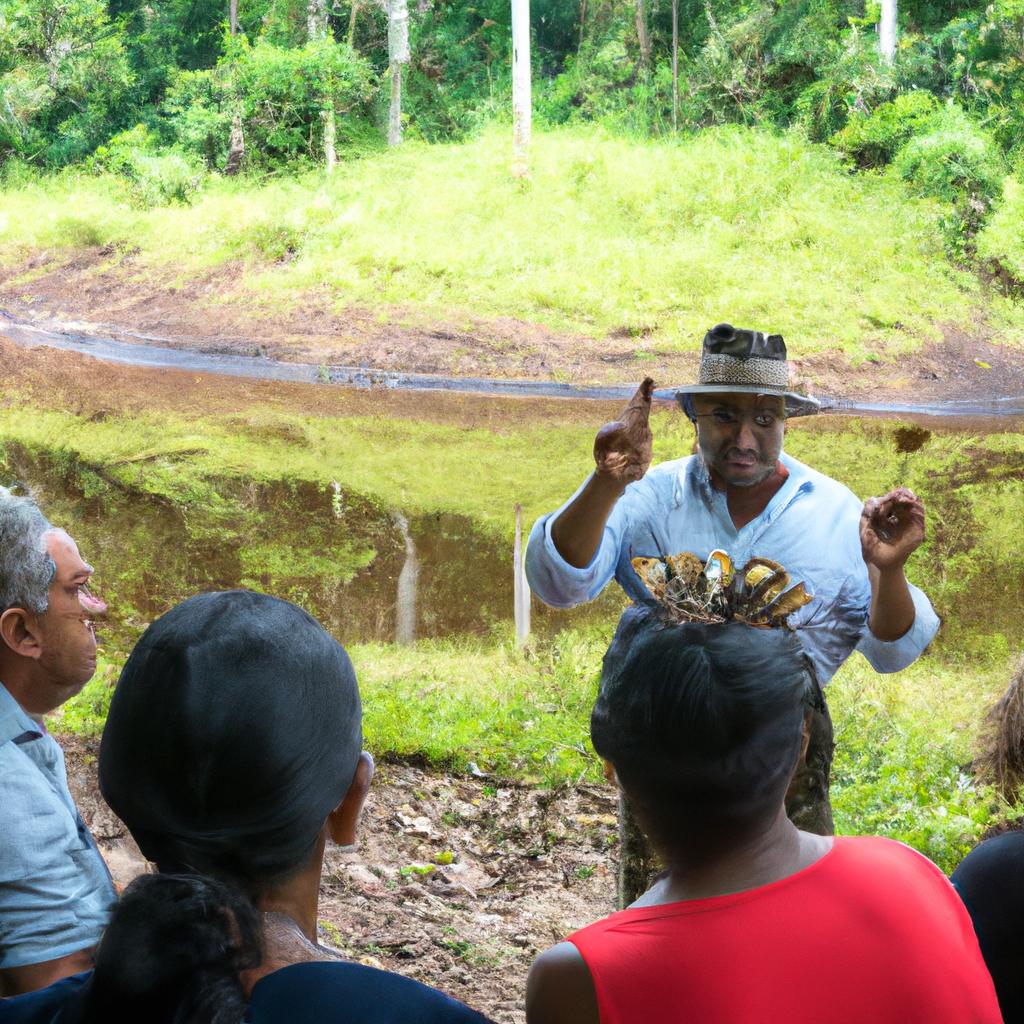
Blood Falls transcends mere geological beauty – it epitomizes the power and magnificence of nature. Despite its remote and harsh location in Antarctica, it continues to captivate scientists and visitors from around the world.
As we have embarked on this journey through the geological marvel that is Blood Falls, we have come to appreciate its significance in unraveling Earth’s history, pondering the existence of extraterrestrial life, and safeguarding our natural wonders. By persisting in our research and preservation efforts at Blood Falls, we unlock a better understanding of our planet and our place in the vast universe.
At TooLacks, we are passionate about sharing knowledge and insights about nature, gardening, and animals. We firmly believe that by exploring and cherishing the world around us, we can forge a brighter future for ourselves and the planet we call home.
So, the next time you encounter a reference to Blood Falls, remember that it represents more than a mysterious location – it stands as a testament to the awe-inspiring power and beauty of nature. Let us strive to protect and preserve these wonders, ensuring a future where their magnificence can be cherished by generations to come. TooLacks
